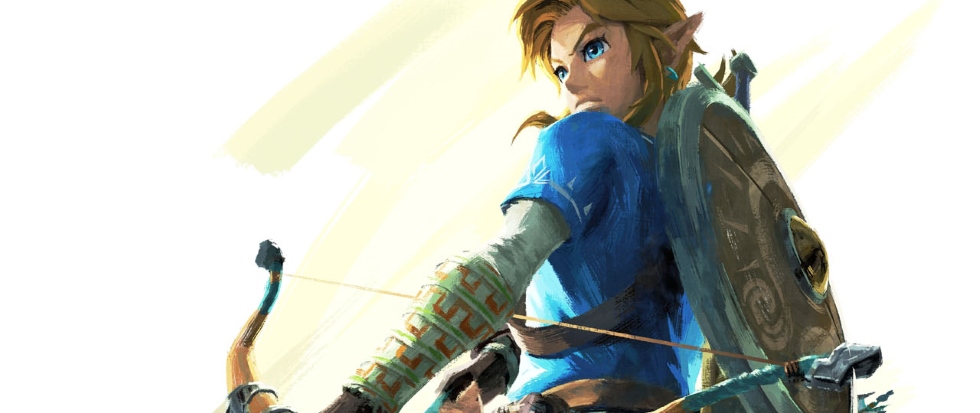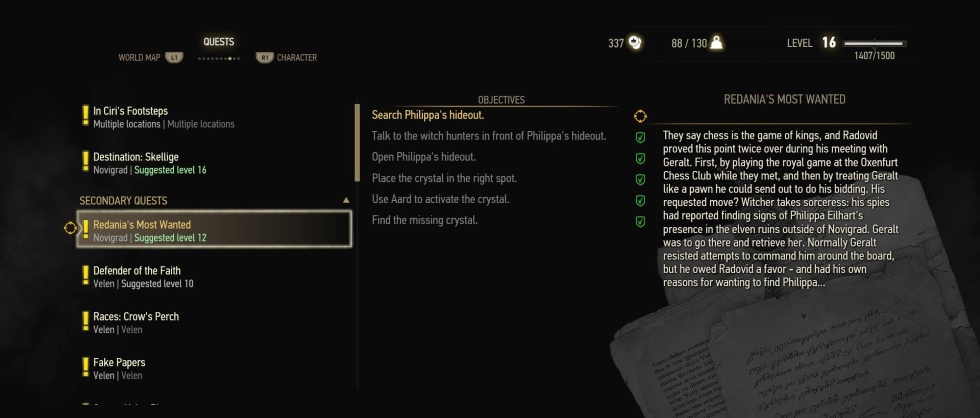
Badly Damaged: Weapon Durability in Breath of the Wild
As a game mechanic, weapon durability is something of touchy subject. The internet is home to a seemingly endless number of opinions; arguments have been made for and against the inclusion of durability in any given game. Regardless of the genre, the simple presence of durability sends a message that the developers want you to be playing a certain way, that they want you to be thinking about weapon maintenance or how you approach a combat scenario. The merits of the mechanic are–and probably always will be–in flux, but for better or worse, it exists.
The most recent debate on the subject comes courtesy of The Legend of Zelda: Breath of the Wild, Nintendo’s newest entry in the beloved franchise. While exploring the now-open-world Hyrule, Link collects a variety of weapons for use against Bokoblins and Lizalfos. Over time, the weapons degrade and eventually break, forcing the player to equip something new. Conceptually, durability is a fun way for players to experience more of the game and improvise their way through tough fights. Here, however, it’s an immense pain in the ass that makes the game needlessly frustrating.
When used right, durability can be a fantastic mechanic that forces the player to really think about how to approach combat. An example of a series getting it right is Dead Rising, Capcom’s zombie brawler. Here, much of the game is built around the concept that your weapons will degrade over time, so you must scrounge and explore the world for materials to craft stronger and more durable weapons. It provides incentive to probe every nook and cranny for rarer crafting ingredients. Dead Rising also provides a way for players to increase the durability of their weapons by finding special items scattered around the world, another reason to explore.

In Breath of the Wild, however, there is no crafting system, no upgrading weapon durability. You find a weapon, usually by defeating an enemy, and use it until it breaks, and weapons break quickly. Instead of providing a sense of variety in combat, you find yourself hoarding weapons for fear of losing them. That 50 power Edge of Duality you found in a shrine? It would probably tear through most enemies you encounter, but because it degrades so fast, and because there’s no way to make a new one, it’ll just sit in your inventory taking up precious space while you use one of your three Traveler’s Blades.
Even the goddamn Master Sword isn’t immune to this mechanic. It will never break, sure, but it is still subject to a similar system where it requires a recharge after extensive use. Again, this is the Master Sword, supposedly the strongest blade in the world, and the weapon that graces the majority of the series’ box art
There is no question that Breath of the Wild is a fantastic game. It somehow manages to feel like a traditional Zelda game while at the same time discarding most of the tropes the series has become known for. It’s easy to get lost in the sprawling open world, and with dozens of interesting characters and side quests there’s no shortage of things to do.
This makes weapon durability extra disappointing because it so effectively kills much of the immersion the game provides, and is why some have called it inaccessible. Instead of letting yourself get swept up in the game’s beautiful world, you’ll spend much of your time managing an inventory full of fragile and fleeting items that will most likely become broken soon.
There’s an argument that states that weapon durability lends realism to a game, which is true–weapons would indeed degrade thanks to heavy use. But in a game where a flaming boar has taken over a world populated by shark-headed humanoids and rock-eating mountain beasts, realism feels like a moot point.





